Final set of cool pictures of Heritage Flight presentations, all courtesy of U.S. Air Force:
A-10, P-51, F-16, and F-4:
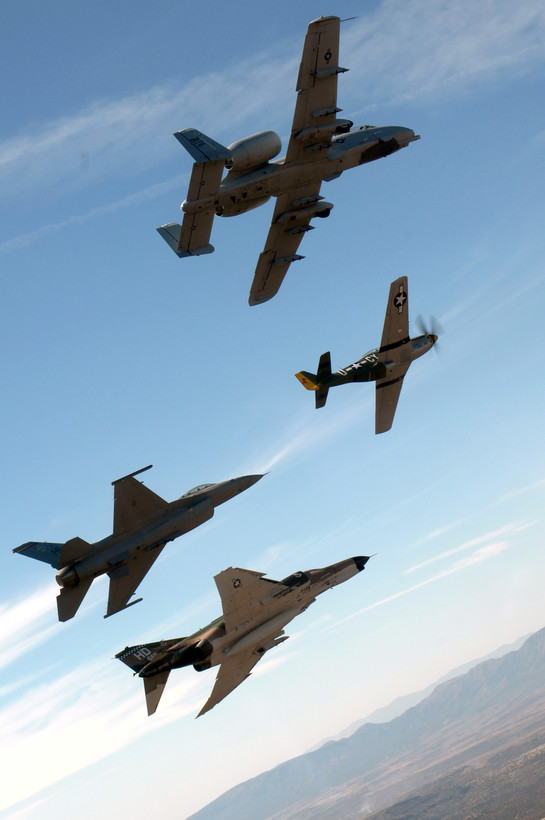
P-51 and F-15:
We need to learn quickly to keep up with the massive change around us so we don't get run over. We need to outrun change.
Final set of cool pictures of Heritage Flight presentations, all courtesy of U.S. Air Force:
A-10, P-51, F-16, and F-4:

P-51 and F-15:
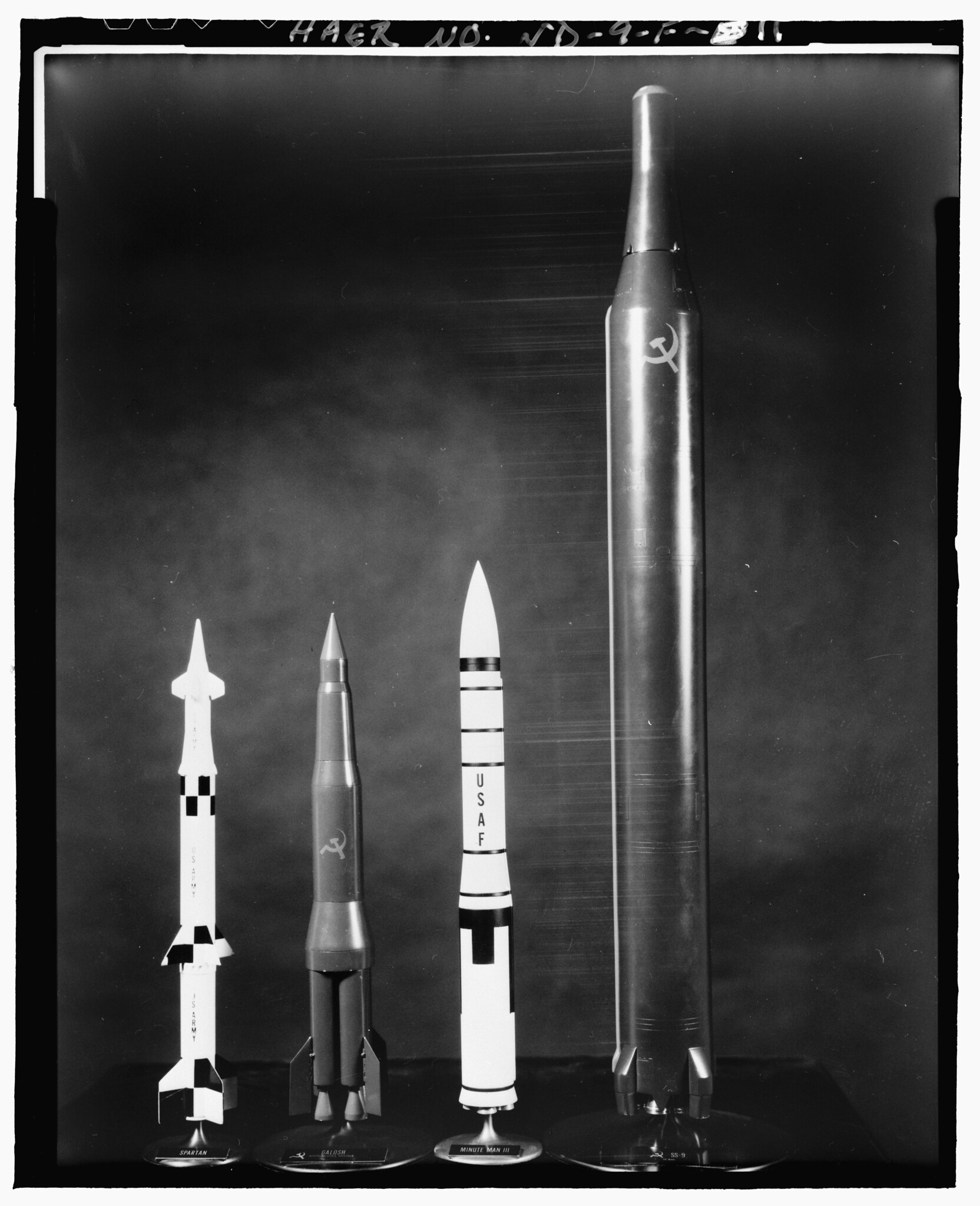
The primary reason I bought Physics and Nuclear Arms Today (Readings from Physics Today) is for one particular article: The nuclear arsenals of the US and USSR, by Barbara Levi, originally published in March 1983.
As mentioned elsewhere in this series of posts, a table in the article has been updated to reflect weapon inventory in 1990.
The article describes developments in 1983.
Previous post described the probability that various weapons would destroy a target hardened to the level of a Minuteman silo.
Equivalent Megatons
Article introduced to me a concept of equivalent megatons (EMT). When comparing effects of nuclear weapons at different yields the kiloton rating cannot be used. The relative destructive power varies based on the yield on megaton raised to the 2/3 power. The formula is: EMP = mt^(2/3) .
In the US, we have about 40% of our EMT on bombers, with another 40% of EMT on ICBM’s, with the remainder on submarines. Because of the smaller yield, about half of the count of weapons is on subs.
In the Soviet Union, about 80% of the EMT is in the ICBM force with about 15% on submarines and a mere 5% on bombers.
Article says that in 1983 about 50% of the US SSBNs ( nuclear missile armed subs, or boomers) were on patrol at a time while only about 15% of the Soviet boomers were at sea at any one moment.
Continue reading “Comments on US and Soviet arsenals in 1983 – #2”

Came across a great resource on nuclear armaments as I browsed the web looking for some particular information. The book is Physics and Nuclear Arms Today (Readings from Physics Today)
It has lots of articles from the late 1970s through 1991. Reason I bought the book is for one specific article in 1983 dealing with US and Soviet nuclear forces. A table within that article was updated with a detailed inventory of strategic weaponry as of 1990. Several posts will discuss the 1990 inventory in detail.
Likelihood of destroying a hardened missile silo
Continue reading “Comments on US and Soviet nuclear arsenals in 1983 – #1”

William H. Hughes, Jr., also known as Barry “Tim” O’Beirne deserted from the U.S. Air Force in 1983. He was found in 2018, arrested, tried by a general court martial, then convicted on September 5, 2018. He was dismissed from service and given a reprimand. He also spent 45 days in prison.
On October 8, 2019 the United States Air Force Court of Criminal Appeals upheld the conviction.
At the end of this post, I’ll ponder the severity of the sentence.
The disgraced former-officer, now-felon is William H. Hughes, Jr.
He had been hiding for 35 years under the assumed name of Barry “Tim” O’Beirne.
Previous post provides more detail on Deserter from the U.S. Air Force apprehended and tried.
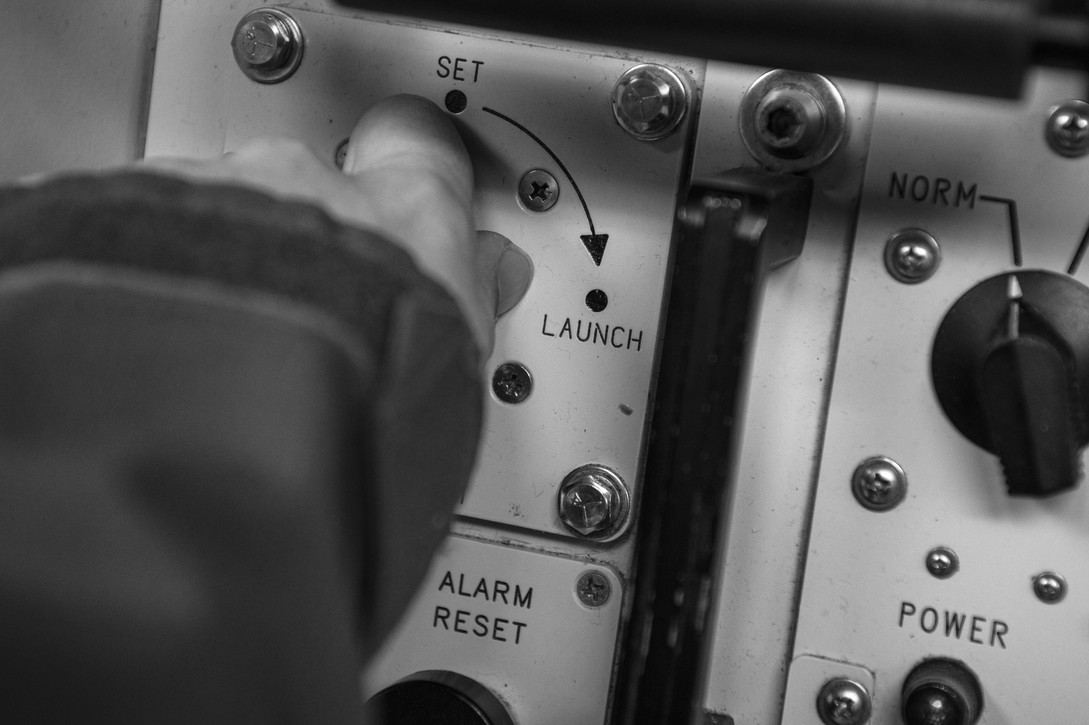
A treasure trove of formerly classified materials on nuclear launch procedures in the 1960s and 1970s were published by National Security Archive on 3/13/19: How the Strategic Air Command Would Go to Nuclear War.
I will mention a variety of tidbits I found particularly interesting. If you enjoy this post, you will definitely want to read the full article.
You may see a lot of material you haven’t seen in print before.
Just to be clear, every comment in this post from this point forward is based on specific comments made in the linked article.
Article has extensive discussion on the increasing readiness of bomber and missile forces. Preparedness at levels DEFCON 5 through 1 are described.
Article also describes some of the various Postures, with explanation of what aircrews, maintainers, and missile crews would have been doing at different levels of readiness. Postures are described as immediate efforts to get bombers and missiles launched.

Previous post strung together my guesses, assumptions, and speculation to develop a table of how many nuclear weapons are on day-to-day alert and how many additional weapons could be generated to alert in what length of time.
Those guesses are for 2020, well after the U.S. won the Cold War and the Soviet Union, the bad ol’ Evil Empire, collapsed.
What would a comparable estimate look like for the depths of the Cold War? This post combines another string of guesses, assumptions, and speculation to figure out the available of U.S. nuclear weapons in 1980. Why that date? Well, it corresponds to when President Reagan won election, took office the following year, and then took necessary steps to conclusively win the Cold War. It also corresponds to the time frame when I was active duty.
Strategic Bombers
I’m fuzzy on number and armament of strategic bombers back in the 1980s. Wikipedia has List of B-52 Units of the United States Air Force. Going through the list of units active in 1980 I count 17 wings with 29 squadrons.
Continue reading “Number and alert status of U.S. nuclear weapons in 1980.”
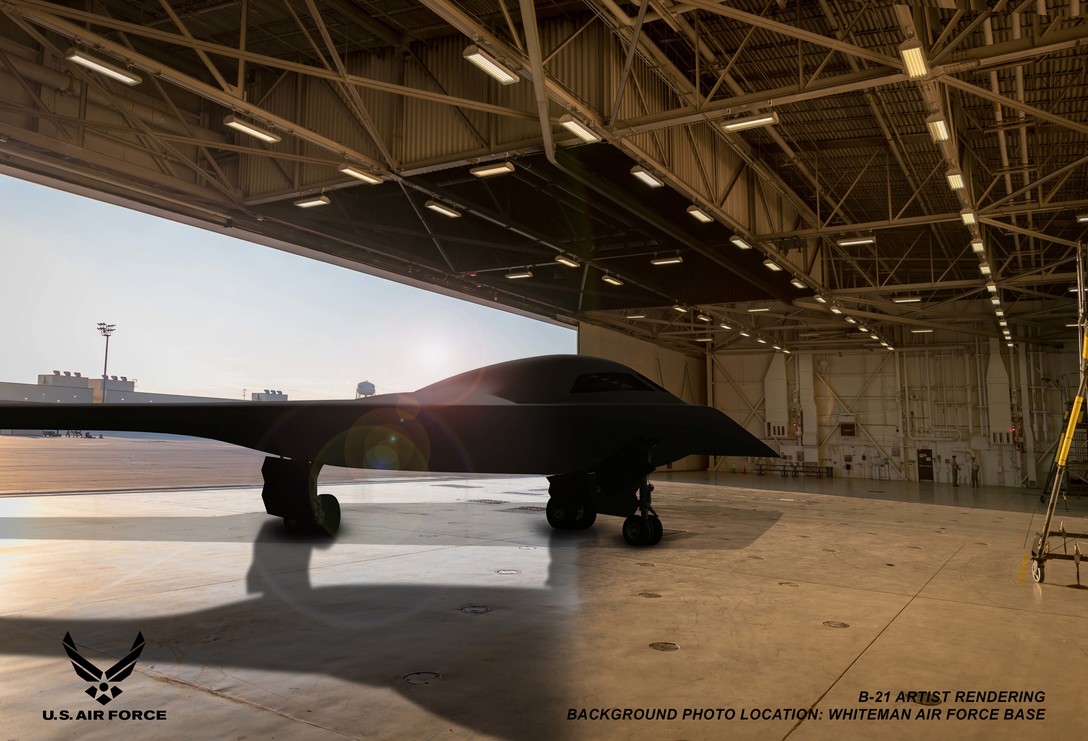
For a few indicators of the cost for some big projects and thus some reference points for big numbers, take a look at the Nuclear Notebook – United States nuclear forces, 2020, published by The Bulletin of Atomic Scientists.
Some projects with their specific costs mentioned in the article:
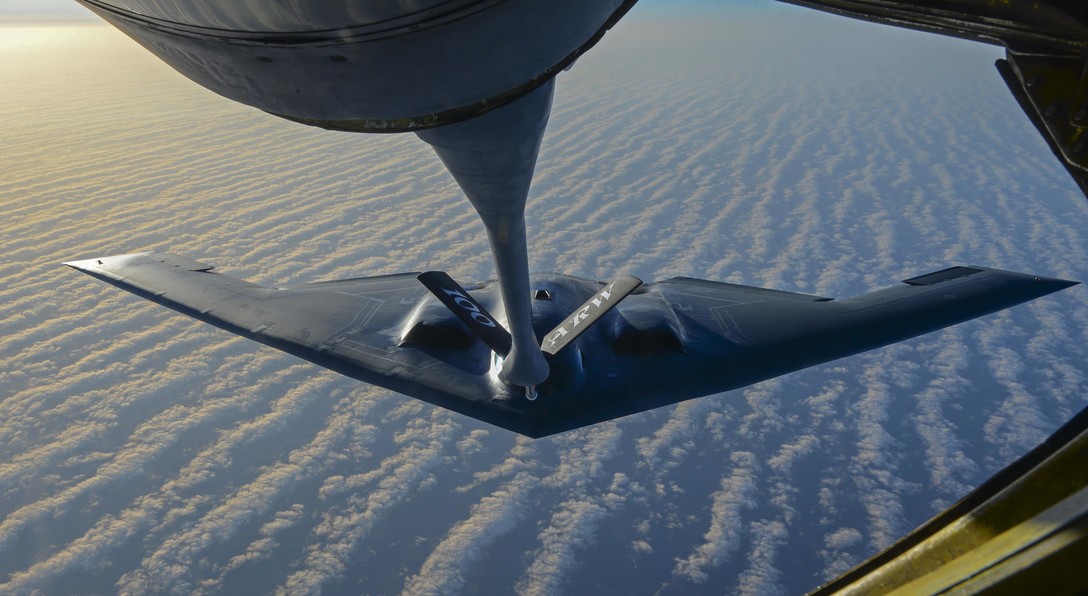
Previous posts have described the count of nuclear weapons in the U.S. inventory and how they are deployed. Future posts will dive into the inventory of other nuclear powers. Plan to have some discussion of the U.S. inventory at various times in the past.
Reading the various articles made me wonder how many weapons are available in what time frame.
(Update 2/28/20: Realized the photos of 1970s and ’80s weapon originally included in this post would be better in a comparable post discussing weapons in 1980. Photos moved. New photos added to this post.)
For example, the Minuteman-III loaded with the Mk12A reentry vehicle can carry 3 warheads but are only loaded with 1. It would take months to reconfigure 200 missiles with another 400 warheads.
Of the 12 Ohio-class subs not in refueling, 8 are usually at sea with 4 of those on-station. The other 4 are hours or days away from their assigned station.
There are guessed 200 ALCMs at Minot and 100 gravity bombs at Whiteman which would take a fair amount of time to load. It would take an even long time to transport the remaining 550 weapons out to Minot and Whiteman.
So, I took a wild guess at how many weapons are available to the president immediately and long it would take to get the remaining inventory on line.
Continue reading “Number and alert status of U.S. nuclear weapons in 2020.”
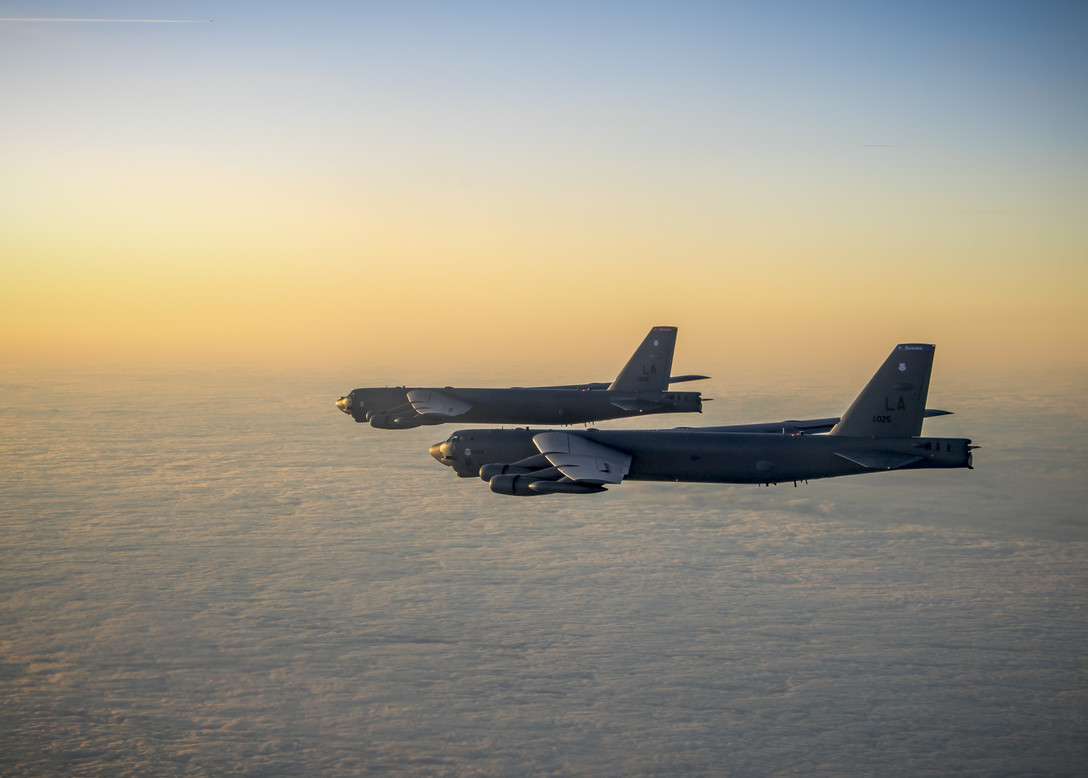
There is an astounding amount of information on U.S. nuclear forces found in Nuclear Notebook – United States nuclear forces, 2020, published by The Bulletin of Atomic Scientists. Not having dived deep into the nuke world for a long time, I’m amazed how much info is available.
Previous posts have gone into a lot of detail on U.S. nukes. This discussion will cover a few interesting tidbits in no particular order with no particular theme.
New START is the name of the current treaty which limits U.S. and Russian nuclear weapons. It went into effect back in February 2011 and will expire in February 2021 unless it is extended for five years by mutual agreement of the U.S. and Russia. The article is skeptical that it will be extended based on what the articles describes as the “demonstrated disdain” of the current administration for any arms control agreements.
On-site inspections are a feature of this treaty. Article says through the end of 2019 there have been a combined total of 321 on-site inspections.
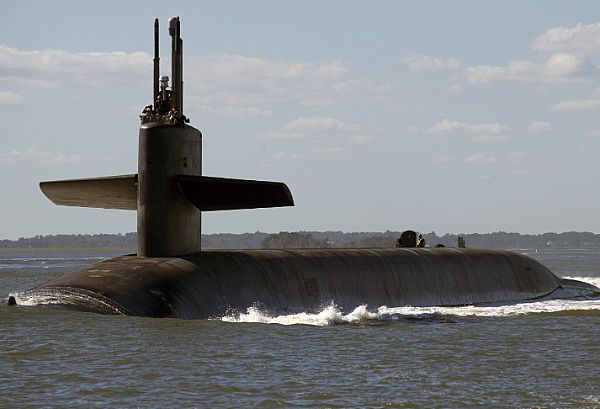
The U.S. has deployed a low-yield nuclear weapon on our Ohio-class submarines. The new warhead is categorized as the W76-2. Its estimated yield is usually described as 5 kilotons (kt). One report says it is in the range of 5 kt to 7 kt.
There have been a lot of articles on the W76-2 recently.
Federation of American Scientists – 1/29/20 – US Deploys New Low-Yield Nuclear Submarine Warhead – Report says the US Tennessee deployed in late December 2019 armed with 1 or 2 of its 20 Tridents carrying the new low-yield warhead. Estimated yield is 5 kilotons.
Continue reading “New U.S. submarine launched low-yield weapon, the W76-2.”
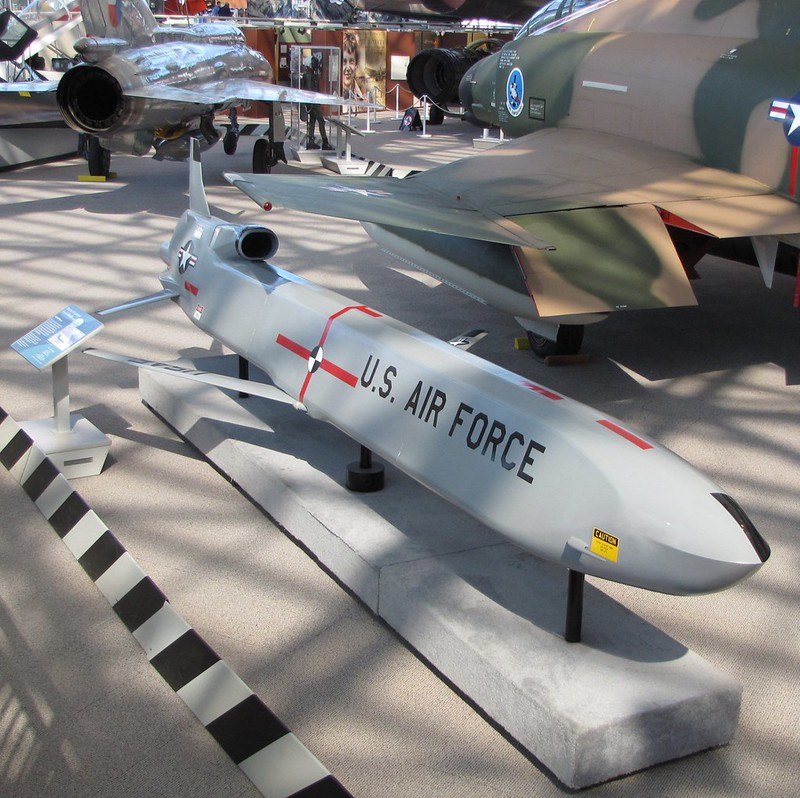
The Bulletin of Atomic Scientists publishes their Nuclear Notebook which provides extensive detail on the nuclear forces of the world’s nuclear powers.
As I read through some of their publications, some of the highlights and details will be mentioned.
Up first is the Nuclear Notebook – United States nuclear forces, 2020. The document is about 16 pages long including four pages of references.
Want to make one thing clear at the beginning of this discussion. Everything discussed here and the two follow-on posts is based on open source information described in the above cited article. I don’t have any knowledge about any of the information in this article. Even if I did (and I don’t), anything I knew would be completely invisible in this discussion.
Total inventory
The US inventory of nuclear weapons is estimated by the authors at:

This will be my last post clearing out old articles on military topics, particularly on nukes. Will have a few more posts on new articles found will writing this series. Articles mentioned here:
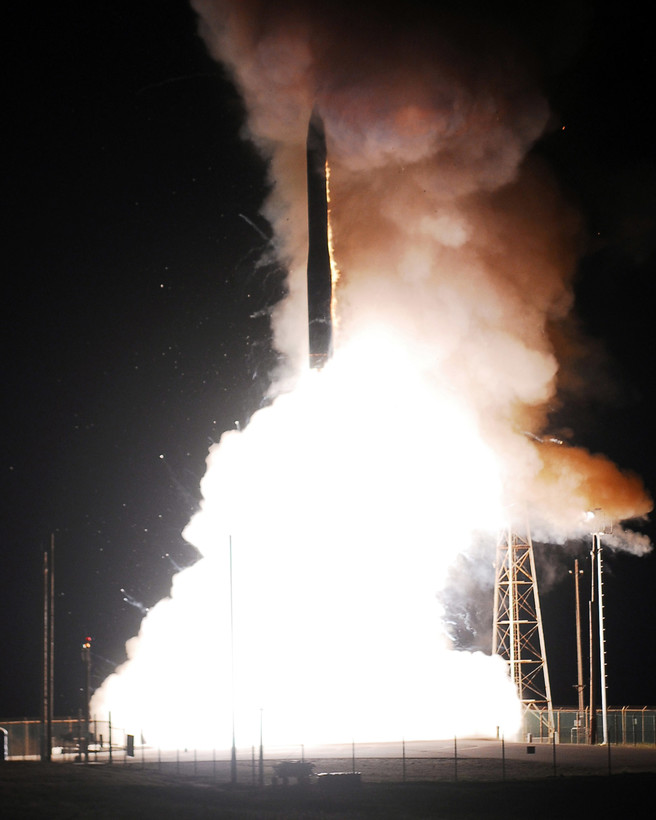
Utopia, you are standing in it! – 4/12/15 – Who’s Got Nukes
Article provides a graph with data from 2014 of which countries have how many nukes, and when they tested their first one. Source cited is the Stockholm International Peace Research Institute.
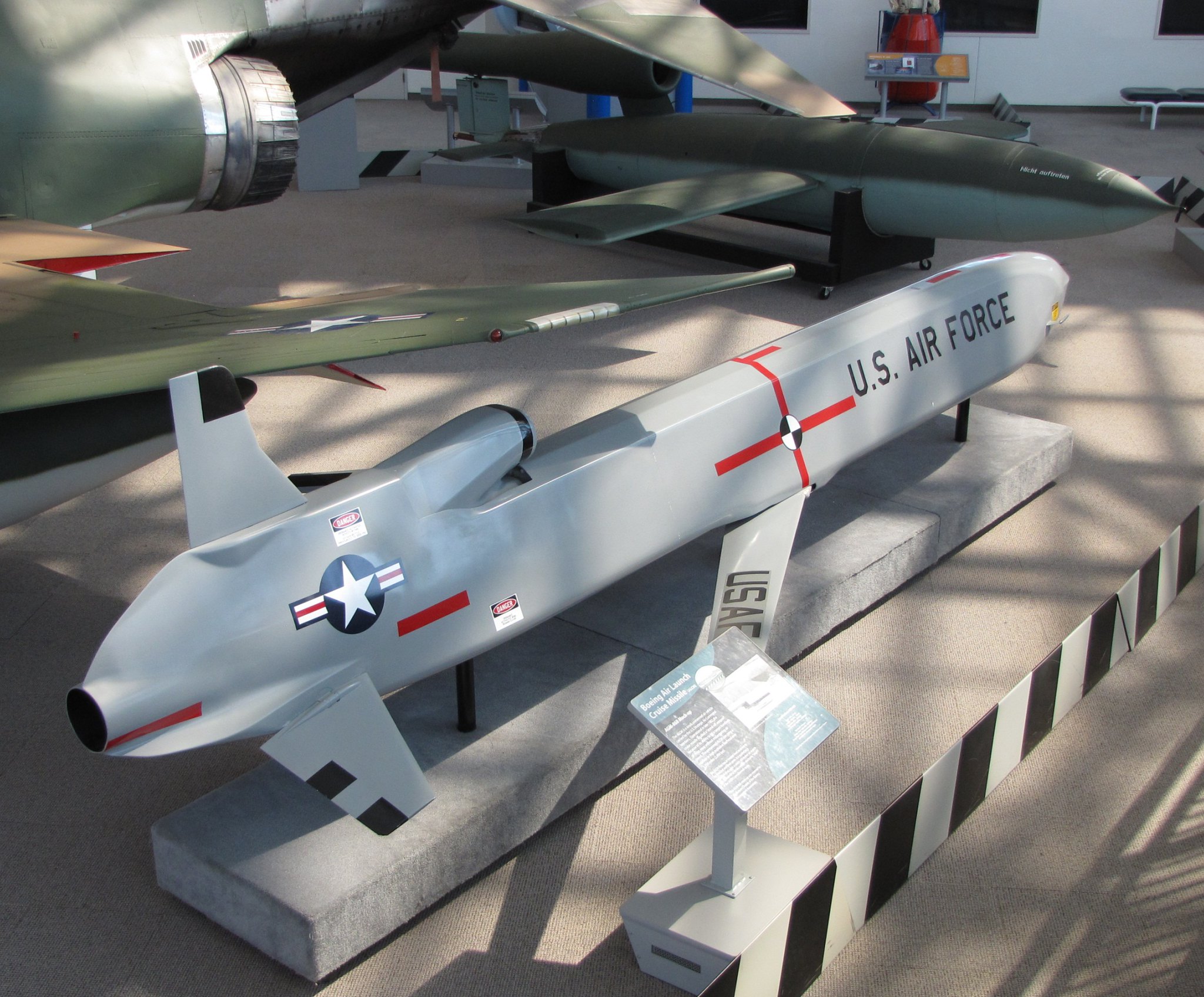
A few articles I bookmarked a while back describe a shift in nuclear strategy by the U.S.
Some discussion if you are interested:
Free Beacon – 2/7/18 – Mattis Defends Plan to Deploy Small-Nuclear Arms
While browsing the U.S. Air Force’s website of official photos, came across some pix too good to pass up. So, without any particular connecting theme other than I like the views, here are four nice photos of various airplanes, current and old.
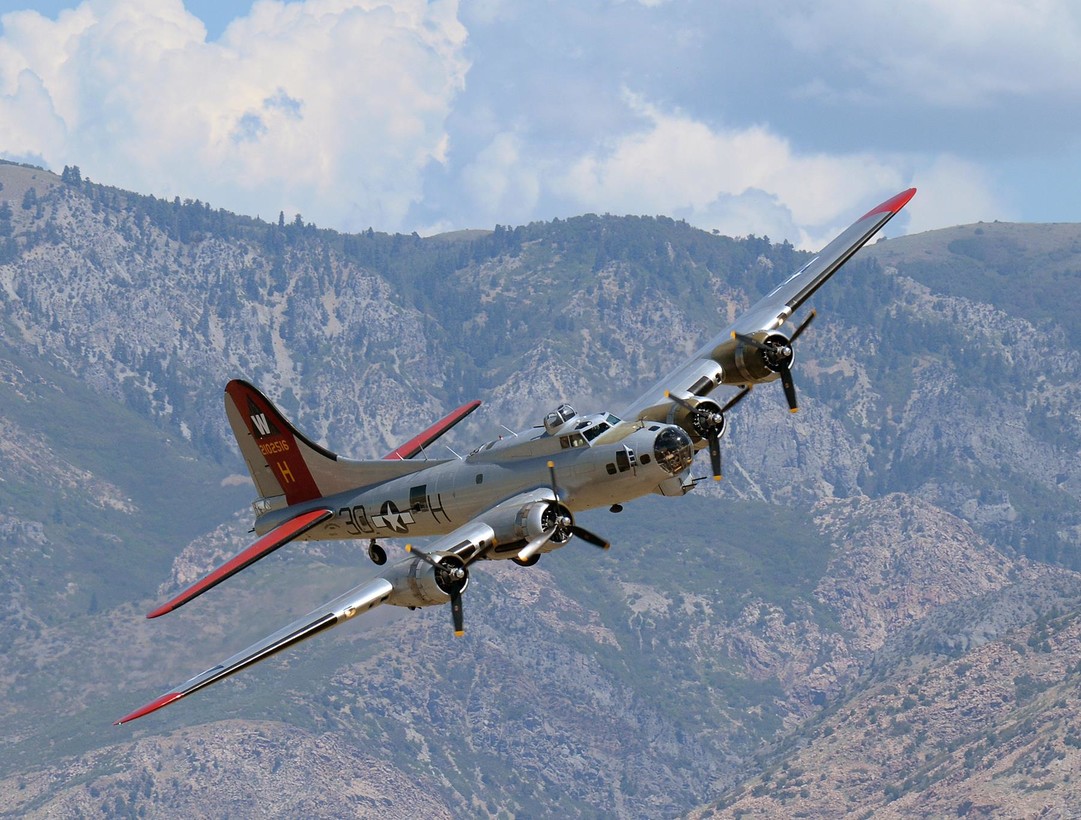
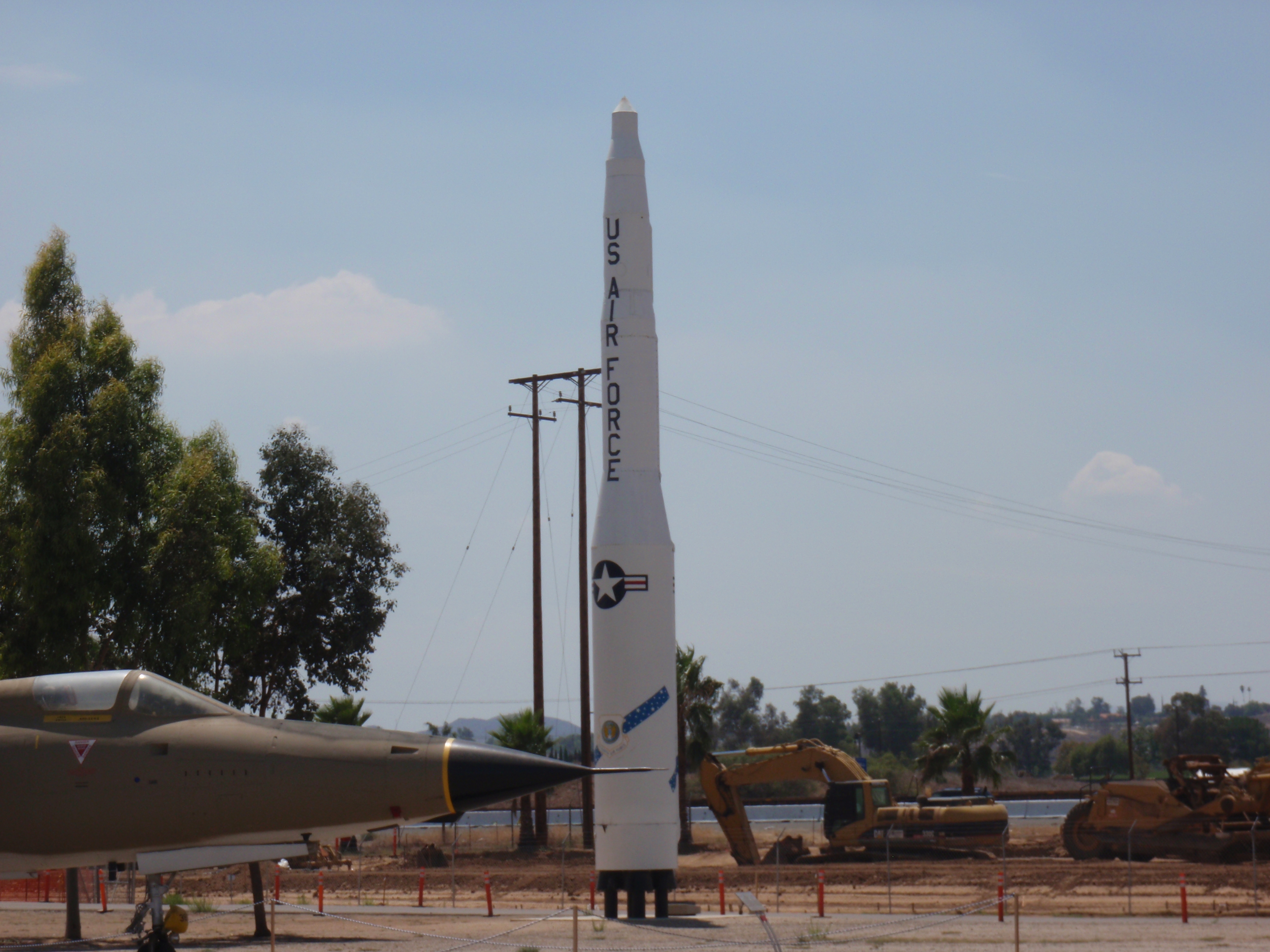
Unclassified, open public source info on nuclear weapons is of interest to me. Here are articles with interesting tidbits I’ve noticed over the last year or two.
One amusing thing I’ve noticed is a range of methods to abbreviate kiloton. I’ve seen kT and Kt, in print articles. On-line dictionary says kt. So, guess that means I can use whichever format I want, right?
Popular Mechanics – 8/10/18 – The Air Force Wants Helicopters to Help Defend Nuclear Missiles. USAF is looking for a new helicopter for use in the missile field. Currently the old UH-1N Hueys are in use. Those are the last Hueys in the Air Force inventory. Four contestants are under consideration.
Article also mentions there are 400 Minuteman IIIs deployed, spread out at Warren, Minot, and Malmstrom. Although capable of carrying three RVs, based on articles I’ve read in the past and articles below, the current configuration is one RV with 300 kt warhead, according to the article.
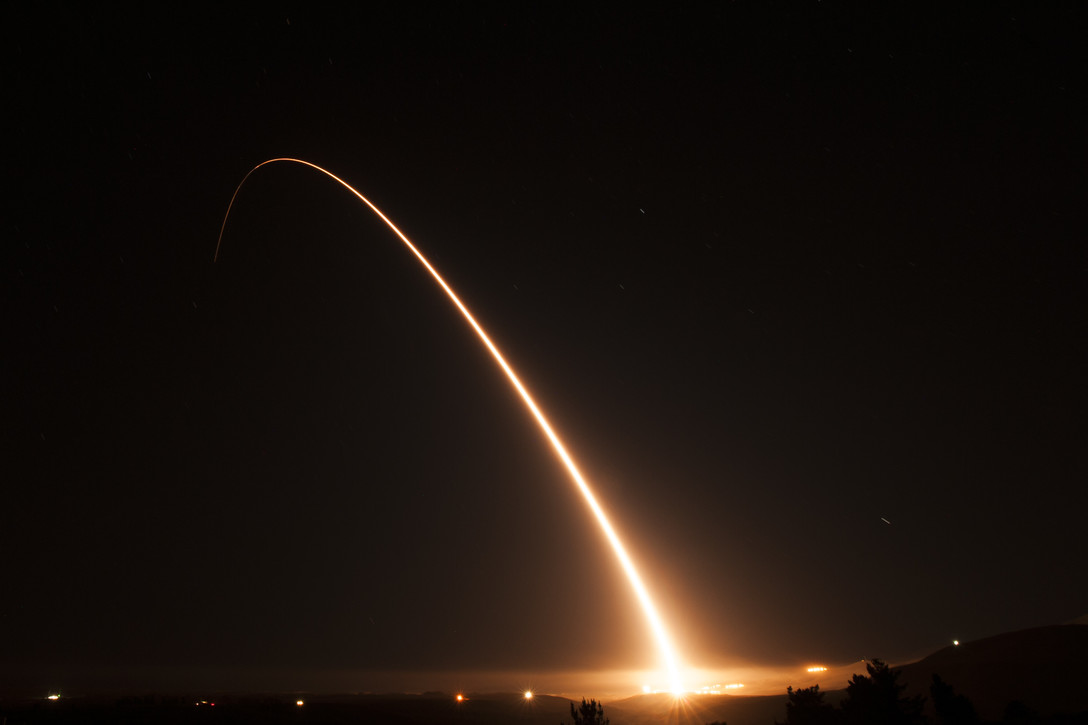
Business Insider – 9/23/18 – Here’s what it would look like if Britain launched an attack with nuclear weapons.
Continue reading “More tidbits on nuclear weapons, particularly ICBMs and SLBMs.”